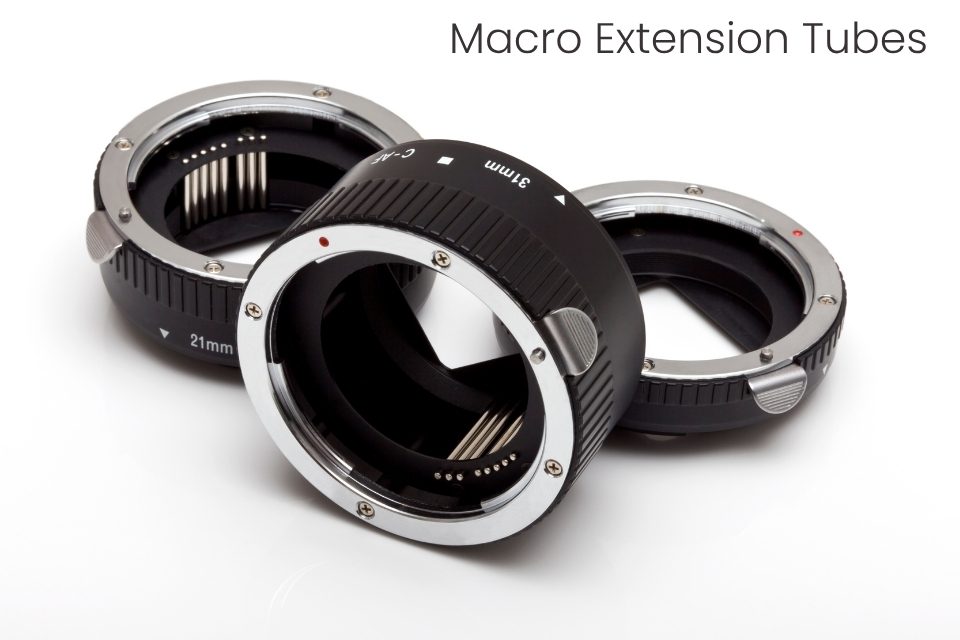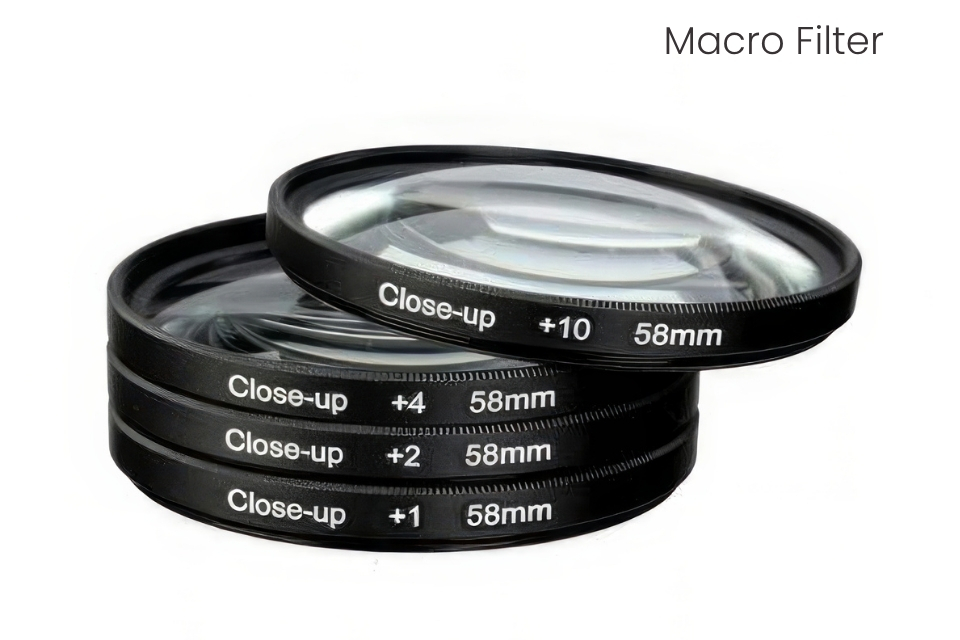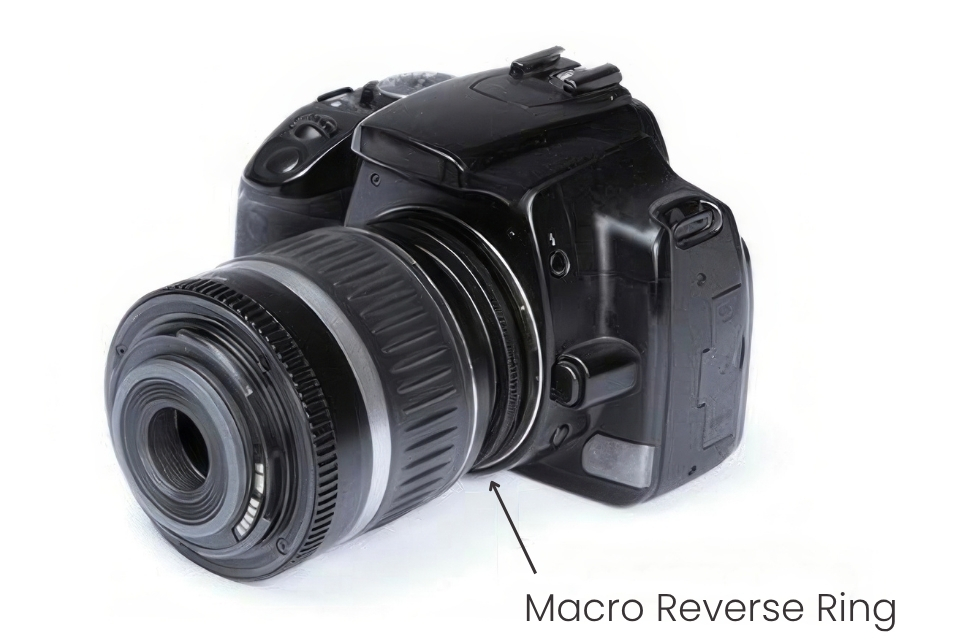Get Closer for Less: 3 Pocket-Friendly Paths to Macro Photography

So, you’re intrigued by the tiny world of macro photography, but not quite ready to spend hundreds on a specialized lens? Good news — you don’t have to! Whether you’re a casual creative or a curious beginner, there are budget-friendly tools that let you capture stunning close-up shots using the gear you already own.
Let’s explore the three most popular — and surprisingly powerful — alternatives: extension tubes, close-up filters, and reverse lens adapters.
1. Extension Tubes: Optical Magic Without the Glass
🛠 What Are They?
Extension tubes are simple, hollow rings that mount between your camera and lens. They move the lens farther from the sensor, letting you focus much closer than usual — perfect for magnifying tiny subjects.

🧠 Did You Know?
Because extension tubes contain no glass, they don’t degrade your lens’s image quality.
👍 Pros:
- Affordable (typically $20–$100)
- No image quality loss
- Work well with standard and wide-angle lenses
- Versions with electronic contacts maintain autofocus and aperture control
👎 Cons:
- Reduce the amount of light reaching your sensor (your image may be darker)
- Your lens loses infinity focus
- Can be fiddly to add/remove frequently
📸 Best Use Case:
Pair with a 50mm or 85mm prime lens to get dramatic magnification — ideal for flowers, textures, small objects.
2. Close-Up Filters: The Screw-On Shortcut
🛠 What Are They?
These are magnifying lenses that screw onto the front of your regular lens, like a UV filter. They let your lens focus closer, effectively increasing magnification.

🔍 Pro Tip:
Look for achromatic close-up filters if you’re serious about quality — they’re designed to minimize color fringing and blurriness.
👍 Pros:
- Super easy to use — screw on and go!
- No light loss (unlike tubes)
- Great for use with telephoto lenses (70–200mm, for example)
👎 Cons:
- Cheap filters can degrade sharpness, especially at the edges
- Adds glass to your lens — potential for glare and chromatic aberration
📸 Best Use Case:
Perfect for handheld flower or insect shots when paired with a zoom lens — great for travel or garden photography.
3. Reverse Lens Mounting: DIY Super Macro
🛠 What Is It?
A reverse ring lets you mount a lens backward on your camera. Yes, really! This turns your everyday lens — especially wide-angle primes — into a macro beast with ultra-close focusing capabilities.

⚠️ Warning:
Your lens’s electrical contacts and rear element are exposed — use with caution!
👍 Pros:
- Ultra-cheap (often under $25)
- High magnification (1:1 or greater)
- Sharp results with the right lens
👎 Cons:
- Manual everything (no autofocus or aperture control)
- Risk of damage to the lens’s rear
- Steep learning curve
📸 Best Use Case:
For experimental photographers looking to explore super macro on a shoestring. Try it with an old 28mm or 50mm manual lens for fun results.
🧪 Quick Comparison Table
| Method | Cost (USD) | Image Quality | Ease of Use | Best With | Light Loss | Autofocus? |
|---|---|---|---|---|---|---|
| Extension Tubes | $20–100 | Excellent (no glass) | Medium | 35–85mm primes | Yes | Yes (with contacts) |
| Close-Up Filters | $20–200 | Varies by quality | Very Easy | 70–200mm zooms | No | Yes |
| Reverse Lens Adapter | $10–25 | High (but risky) | Hard | 28–50mm primes | Yes | No |
📝 Final Thoughts: Which Should You Choose?
Start with what you have.
Got a 50mm prime? Try extension tubes.
Own a telephoto zoom? Invest in a high-quality close-up filter.
Want to experiment for the price of a takeaway coffee? A reverse ring might just blow your mind.
No matter which route you take, these budget-friendly tools open the door to a whole new world — one full of dew drops, textures, and tiny surprises.
👉 Stay tuned for the next article in the series: Extension Tubes in Action: How to Get Beautiful Close-Ups with Your Regular Lens